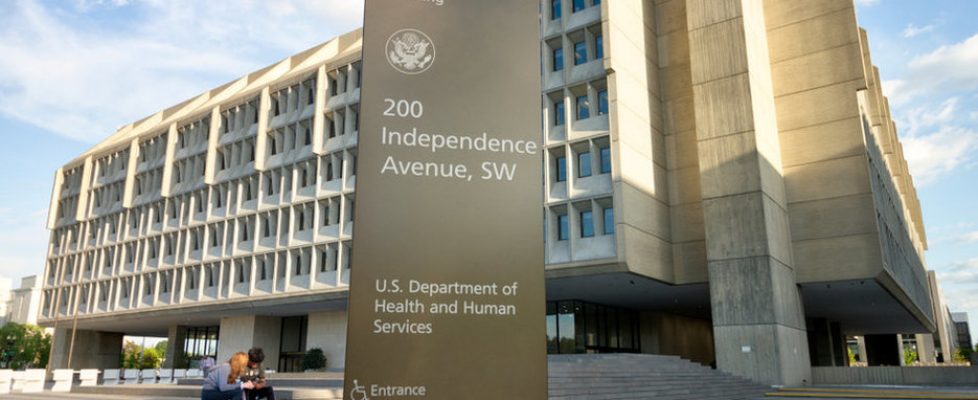HHS Underscores Importance of Tech in First-Ever Rural Health Plan
In August, President Donald Trump signed an executive order that asked for a report on ongoing and future actions to enhance rural health care. HHS released an 82-page response to the order last week.
Technology will play a substantial role in a new effort from the U.S. Department of Health and Human Services (HHS) to improve health outcomes in rural America.
Last week HHS released its Rural Action Plan, which is the federal organization’s first attempt to outline a comprehensive strategic framework to address health disparities in rural communities.
“Rural areas face challenges in access to care, financial viability, and demographic and structural issues,” wrote HHS Secretary Alex Azar in his message within the plan. “Their residents tend to be older and in poorer health than urban counterparts. Rural residents are more likely to die from heart disease, cancer, unintentional injury, chronic lower respiratory disease, and stroke than their urban counterparts.”
The plan also notes that rural areas have more individuals with disabilities, fewer primary care providers per 10,000 population and scarcer mental health services — roughly 250 rural counties have no mental health provider.
One of the plan’s major objectives is to “leverage technology and innovation to deliver quality care and services to rural communities more efficiently and cost-effectively.” Telehealth will be a large focus for HHS. The plan lists several telehealth initiatives, including innovation competitions, grants and efforts to loosen telehealth regulations, which are seen as a critical issue among health providers and experts.
Among the competitions, the HHS Administration for Community Living will give out 10 awards “to address the social determinants of health of older adults and people with disabilities.” On the grant front, the HHS Health Resources and Services Administration will distribute about $30 million to improve telehealth capabilities in rural areas.
The plan also points out that a lack of broadband in rural areas not only restricts telehealth options but also limits the exchange of health data and reduces the likelihood of at-home remote patient monitoring.
HHS also recently released a memorandum of understanding (MOU) between it, the U.S. Department of Agriculture and the Federal Communications Commission. The MOU describes the Rural Telehealth Initiative (RTI), which will involve “collaboration and information sharing” between the three federal partners. Specifically, the MOU states that an RTI Task Force will be established and that the agencies will share resources as the task force develops recommendations and guidelines.
“We realize we cannot maintain the status quo approach for rural America,” Azar wrote in the plan.

